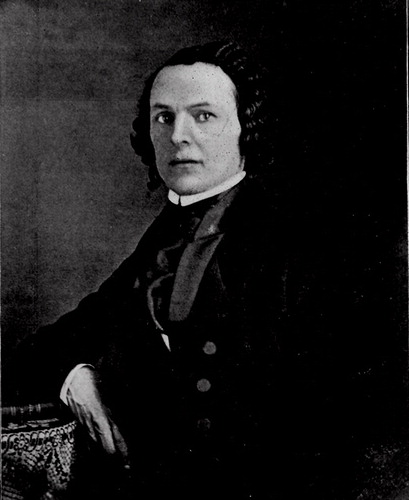In This Issue
The Brain at (In)attention
By definition, attention deficit hyperactivity disorder (ADHD) is characterized by inattention, but most neuroimaging studies have examined the brain dysfunction associated with impulsivity. Shafritz et al. (p. 1990) report that during tests of attention, the brains of adolescents with ADHD successfully recruit most of the cortical brain regions normally activated. Two exceptions occurred during a test of divided attention, when visual and auditory words or pseudowords were presented simultaneously. The patients showed significantly less activation than healthy subjects in the striatum, in a region involved in cognition, and in the middle temporal gyrus adjacent to an area associated with dyslexia. Methylphenidate increased activation in the striatum but not the temporal gyrus, and it had no effect on performance of the task. Adolescents with reading disorder had similar responses in the striatum, indicating that methylphenidate’s effect on it is independent of attentional disorder.
Why Childhood Malnutrition Matters to Everyone
Establishing a link between childhood malnutrition and later behavioral problems requires observation of malnourished children over many years. The children of Mauritius, an island off the coast of Africa, helped Liu et al. (p. 2005) demonstrate that malnutrition at age 3 predisposes children to outward-directed behavior problems, e.g., hyperactivity and aggression, at ages 8, 11, and 17. The effect of malnutrition was confirmed by the dose-response relationships at ages 8 and 17: a higher number of malnutrition indicators at age 3 was related to more problem behavior at ages 8 and 17. A second key finding was that malnutrition and externalizing behavior were connected through low IQ. Malnutrition may therefore affect later behavior by impairing brain development. Given that externalizing behavior problems are harbingers of violence, improving nutrition for at-risk children may be a practical, easy way to lessen violent crime.
The Left Brain/Right Brain Junction in Tourette’s Syndrome
The normal interhemispheric connectivity of the brain may be disrupted in Tourette’s syndrome. The corpus callosum is a large bundle of nerve fibers that connects the cortical hemispheres and appears to be involved in Tourette’s syndrome. With magnetic resonance imaging, Plessen et al. (p. 2028) measured the area of the corpus callosum in 158 patients with Tourette’s syndrome 5 to 65 years old. The size for children was significantly smaller than that for healthy comparison subjects, but the adults with Tourette’s syndrome had larger than normal corpus callosum areas. Larger sizes were associated with more severe motor tics and with a smaller dorsolateral prefrontal cortex. The smaller sizes in the children with Tourette’s syndrome may be a compensatory response that enhances the function of the prefrontal cortex, thereby promoting suppression of tics. This co-opting of normal development would constitute neural plasticity.
Depression Treatment for the Very Old
Depression among people age 75 or older imparts both medical and functional risks. This population is rapidly growing, but information about treating their depression is strikingly limited. Roose and other members of the Old-Old Depression Study Group (p. 2050) report on a comparison of citalopram and placebo for treating depression in patients age 75 or older. To approximate real-world conditions, the study included patients with moderate cognitive impairment, serious medical illness, and/or treatment with other medications. Overall, only patients with severe depression responded more to citalopram than to placebo. The rate of response was roughly 40% except for severely depressed patients receiving placebo. This suggests that the nondrug aspects of the study—visits with clinicians, medical testing, transportation, etc.—may have benefited many of the patients.
Has Cigarette Smoking Met Its Match?
Rates of long-term abstinence from cigarette smoking are only 20%–35% for the most widely accepted treatments. Hall et al. (p. 2100) tried a comprehensive, long-term approach to smoking cessation and achieved an abstinence rate of 50%. Four groups of smokers all received group counseling for 12 weeks, attempted to quit smoking at week 5, and used nicotine patches during weeks 5–12. Two of the groups took nortriptyline, and two took placebo. After this brief program, one of the nortriptyline groups and one of the placebo groups received 40 additional weeks of treatment with monthly individual counseling, telephone contacts, and the nortriptyline or placebo. The long-term combination of drug and psychological treatments produced the 50.0% 1-year abstinence rate, but extended counseling plus placebo produced a rate of 41.5%. In relation to the cost of most medical interventions, counseling, telephone contacts, and nortriptyline are inexpensive. The combination is a bargain when viewed against the high health care costs of tobacco use.
Images in Psychiatry
Pliny Earle, M.D. (1809–1892) (p. 1989)





